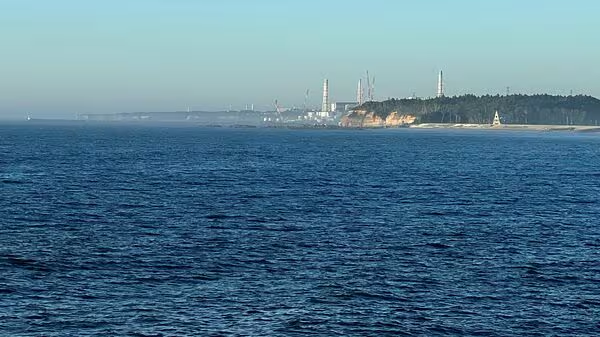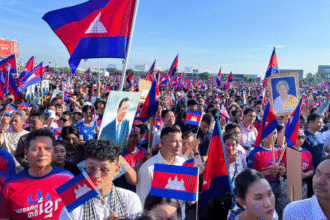In a chilling echo of 2011, all 4,000 workers at Japan’s Fukushima Daiichi nuclear power plant were evacuated Wednesday following a tsunami warning triggered by a massive 8.7 magnitude earthquake off Russia’s far eastern coast.
The plant’s operator, Tokyo Electric Power Company (Tepco), confirmed there were no abnormalities detected at the site, but for many residents of Fukushima Prefecture, the sudden alert revived painful memories of one of the world’s worst nuclear disasters.
A Grim Reminder The 2011 Meltdown
On March 11, 2011, a 9.0 magnitude earthquake struck near Sendai, unleashing a devastating tsunami that disabled Fukushima’s emergency generators, resulting in three nuclear core meltdowns. Hydrogen explosions shattered the plant’s reactor buildings and released radioactive material into the atmosphere and Pacific Ocean.
More than 150,000 residents were forced to evacuate, and large parts of the region remain off-limits 14 years later, frozen in time empty homes, shuttered stores, and ghost towns that speak of a disaster still unfolding.
Why Fukushima Remains a Ticking Time Bomb
While the world has moved on, Fukushima hasn’t. Approximately 880 metric tons of melted nuclear fuel and structural debris still lie within the reactors, posing a monumental challenge for decommissioning. Tepco’s plan to begin full-scale fuel removal has been delayed yet again, now pushed to 2037 or later, with cleanup expected to last well into the mid-21st century.
The cost? An estimated ¥21.5 trillion (about $145 billion).
“Who really believes all 880 tons of debris can be removed in 14 years between 2037 and 2051?” asked Shunji Matsuoka, professor of environmental economics at Waseda University.
A Sea of Radioactive Water
Another unresolved issue is the contaminated water. For over a decade, workers have been pumping water into reactors to cool the damaged fuel rods. That water, now radioactive, is stored in over 1,000 tanks enough to fill 500 Olympic-sized swimming pools.
In 2023, Japan began releasing treated wastewater into the ocean a move backed by the UN atomic watchdog, but widely criticized by environmental groups, Pacific nations, and Japan’s own fishermen.
Nuclear Comeback Amid Seismic Risks?
Ironically, despite the trauma of Fukushima, Japan is shifting back toward nuclear power. Earlier this year, the government unveiled a plan to “maximize” nuclear output, citing rising energy demands from industries like AI and semiconductors.
This week, Kansai Electric Power announced plans to revisit a previously suspended nuclear reactor project. But with tsunami waves already reaching parts of Japan’s coast, including Fukushima, the timing has sparked renewed public anxiety.
Earthquake Country The Ever-Present Risk
Japan sits atop the Pacific Ring of Fire, one of the world’s most seismically active zones. The country experiences more than 1,500 earthquakes per year, and building codes reflect a culture of preparedness. Yet fear of “The Big One” a mega-quake predicted to hit the Nankai Trough haunts both residents and policymakers.
Experts estimate a 70-80% chance of a magnitude 8 or 9 earthquake along this fault within the next 30 years, potentially triggering tsunamis as high as 30 meters (100 feet) and killing over 300,000 people.
Tsunami Alert Highlights Ongoing Vulnerability
As of Wednesday, tsunami waves up to 3 meters have been recorded in parts of Japan, and thousands have been advised to evacuate. No damage has been reported at the nuclear facility this time.
But for a nation that never fully healed from the last disaster, the question looms large:
What happens when the next big one hits and are we truly ready?





